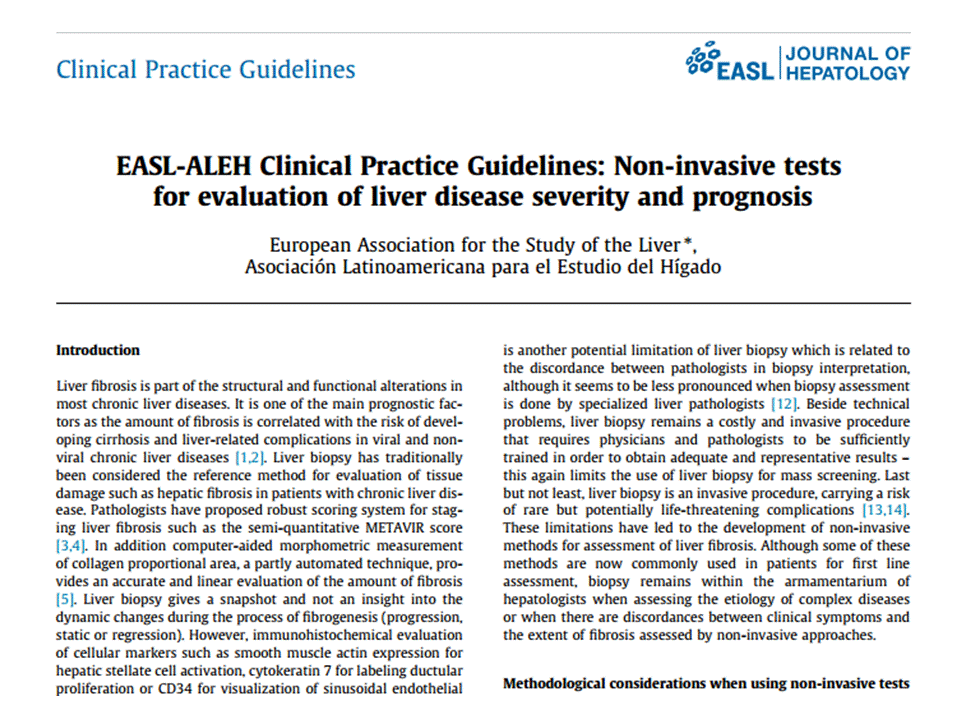Hepatic steatosis and nonalcoholic fatty liver disease are the most
prevalent forms of liver disease worldwide, ranging as high as 10% to 24% in
certain countries.1 Steatosis is observed
in a staggering 75% of obese people, 35% of whom will progress to nonalcoholic
fatty liver disease2 despite no evidence
of excessive alcohol consumption. Steatosis, the single most common cause of abnormal
liver function test results in the United States,1 is associated with
myriad causes, including chronic hepatitis, alcohol, drugs, toxins, obesity, and diabetes.3 Steatosis is
histopathologically defined as the intracytoplasmic accumulation of triglycerides
in a liver cell.4 Excess lipid
accumulates in vesicles (vacuoles). When vesicles are large enough to distort
the nucleus, the condition is known as macrovesicular steatosis; otherwise, the
condition is known as microvesicular steatosis. Macrovesicular steatosis is the
most common form, and the diagnosis is made whenthe percentage of hepatocytes
containing lipid droplets exceeds 5% on a continuous scale from 0 to 100.5 Indeed, cirrhosis remains the most important risk factor in the development of hepatocellular carcinoma, although hepatocellular
carcinoma can arise without cirrhosis, raising the possibility of a direct
carcinogenic link secondary to nonalcoholic fatty liver disease and steatosis.6
In addition, not only are steatotic livers associated with a greater risk of allograft dysfunction in liver transplantation, but in the foreseeable future, steatosis and its cousin nonalcoholic steatohepatitis will surpass the current primary indications for liver transplantation (eg, chronic hepatitis C infection and alcohol-related cirrhosis).7 In addition, fatty liver has been shown to negatively affect graft survival,
which is of serious concern, since steatosis affects about 25% of donors for liver transplantation and 20% of patients undergoing liver resection.
In addition, not only are steatotic livers associated with a greater risk of allograft dysfunction in liver transplantation, but in the foreseeable future, steatosis and its cousin nonalcoholic steatohepatitis will surpass the current primary indications for liver transplantation (eg, chronic hepatitis C infection and alcohol-related cirrhosis).7 In addition, fatty liver has been shown to negatively affect graft survival,
which is of serious concern, since steatosis affects about 25% of donors for liver transplantation and 20% of patients undergoing liver resection.
Sonography has been used to quantify steatosis. Webb et al9 and, more recently, Marshall et al10 used sonography, specifically
the hepatorenal index, as a quantitative tool to produce a reliable and
effective method for evaluating and screening patients with steatosis.
Initially, Webb et al9 found a correlation
between the hepatorenal index and biopsy results sufficient to quantify hepatic
steatosis exceeding 5%, but the method used a single scanner and proprietary
software, so this approach is not available to all radiologists. Marshall et al10 built on that study
by using selection criteria not based on imaging, making the results more
applicable to the general population. More important, they placed regions of
interest (ROIs) at the same sonographic depth and within the focal zone for
determining the hepatorenal index, eliminating changes in image characteristics
caused by gain adjustments to decrease external influences and produce a more
reliable hepatorenal index.10
However,
the technique used by Marshall et al relied on freeware from the National
Institutes of Health (Bethesda, MA) called ImageJ. This software required
converting images on a picture archiving and communication system (PACS) into
JPEG images, as well as downloading outside software, making the process of
hepatorenal index calculation cumbersome and time-consuming. Such an approach is
not easily adopted by radiologists.





